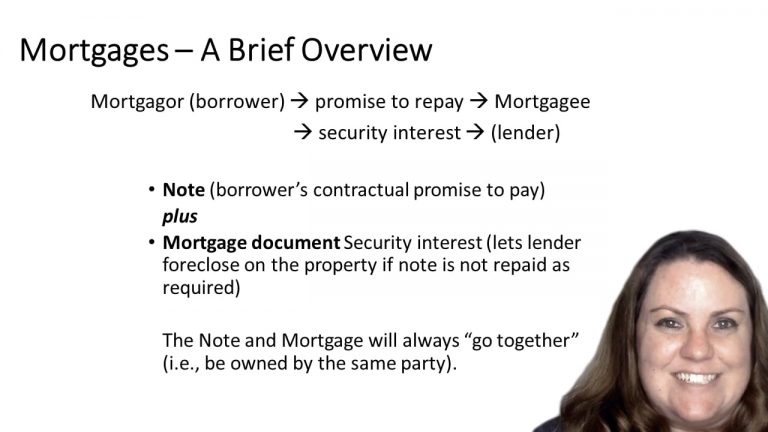SmartBrief
Confirm favorite deletion?
Property Keyed to Sprankling
Wansley v. First National Bank of Vicksburg
Citation:
566 So. 2d 1218 (1990).Facts
Tom and Julian Wansley (the plaintiffs) are farmers and brother that co-owned 4,200 acres of farm land. For 15 years, the plaintiffs took out loans from the First National Bank of Vicksburg (the defendant) related to crop production. After falling behind on their repayment, the plaintiffs and their wives executed deeds of trust in their land, which conveyed their interest in the land to John Wheeless as trustee and secured their outstanding indebtedness to the defendant (Tom owed $620,000 and Julian owed $850,000). After the plaintiffs still were unable to repay their debts, the defendant foreclosed on the land and sold it at public auction. The defendant was the only bidder at the auction, and Wheeless (the trustee) accepted the defendant’s bids of $500,000 for each plaintiff’s interest. Wheeless (the trustee) was general counsel for the defendant, sat on its board of directors, and is one of its largest shareholders. Later, the defendant sold the land to another buyer for a substantial loss.
Only StudyBuddy Pro offers the complete Case Brief Anatomy*
Access the most important case brief elements for optimal case understanding.
*Case Brief Anatomy includes: Brief Prologue, Complete Case Brief, Brief Epilogue
- The Brief Prologue provides necessary case brief introductory information and includes:
Topic:
Identifies the topic of law and where this case fits within your course outline.Parties:
Identifies the cast of characters involved in the case.Procedural Posture & History:
Shares the case history with how lower courts have ruled on the matter.Case Key Terms, Acts, Doctrines, etc.:
A case specific Legal Term Dictionary.Case Doctrines, Acts, Statutes, Amendments and Treatises:
Identifies and Defines Legal Authority used in this case.
- The Case Brief is the complete case summarized and authored in the traditional Law School I.R.A.C. format. The Pro case brief includes:
Brief Facts:
A Synopsis of the Facts of the case.Rule of Law:
Identifies the Legal Principle the Court used in deciding the case.Facts:
What are the factual circumstances that gave rise to the civil or criminal case? What is the relationship of the Parties that are involved in the case.Issue(s):
Lists the Questions of Law that are raised by the Facts of the case.Holding:
Shares the Court's answer to the legal questions raised in the issue.Concurring / Dissenting Opinions:
Includes valuable concurring or dissenting opinions and their key points.Reasoning and Analysis:
Identifies the chain of argument(s) which led the judges to rule as they did.
- The Brief Prologue closes the case brief with important forward-looking discussion and includes:
Policy:
Identifies the Policy if any that has been established by the case.Court Direction:
Shares where the Court went from here for this case.

 5m 49s
5m 49s